Natalie O’Brien: The day I was raided by the AFP over a story the public had a right to know
Journalist Natalie O’Brien was raided by the Australian Federal Police — they spent hours trawling through her handbag without warning.
National
Don't miss out on the headlines from National. Followed categories will be added to My News.
Fifteen years ago, when I was the Investigations Editor for The Australian Newspaper, I was raided by the Australian Federal Police over leaked internal ASIO documents that I had received pointing to a story of national significance and a story the Australian public had a right to know.
These documents were of such great importance because they alleged the US intelligence liaison with Canberra had warned the Federal Government about specific terrorism activity likely to happen in Indonesia, including the names of suspected bombers in the lead up to the Bali bomb attacks in 2002 which killed 202 people including 88 Australians.
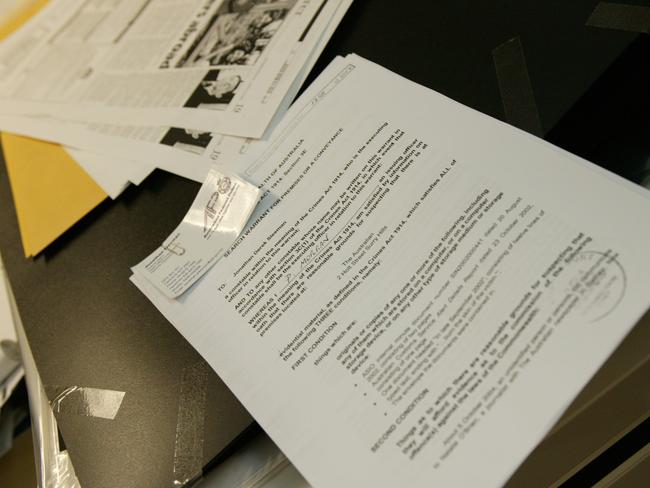
When the AFP found out I had the documents, they sent three federal agents to the Sydney headquarters of News Corporation with an eight-page search warrant to raid our offices.
They arrived in the foyer of the building in Holt Street, Surry Hills without warning, demanding to be let into our offices. They were intimidating and aggressive — wanting to be shown to my desk and to be shown the office of the editor in chief Chris Mitchell.
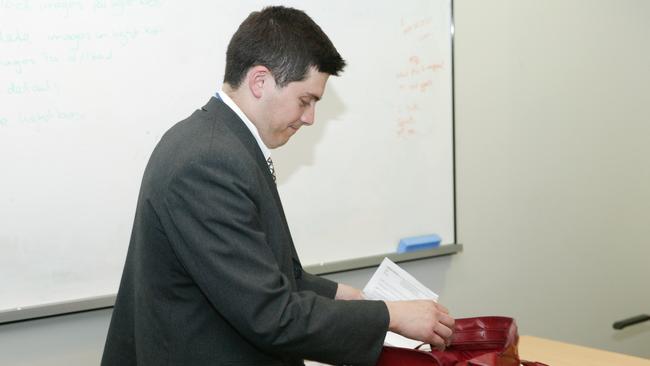
The agents spent hours trawling through my handbag — which was stuffed with documents from other investigations — my desk, filing cabinets, the general area, desks of colleagues and fellow investigative journalists and the office of Mitchell.
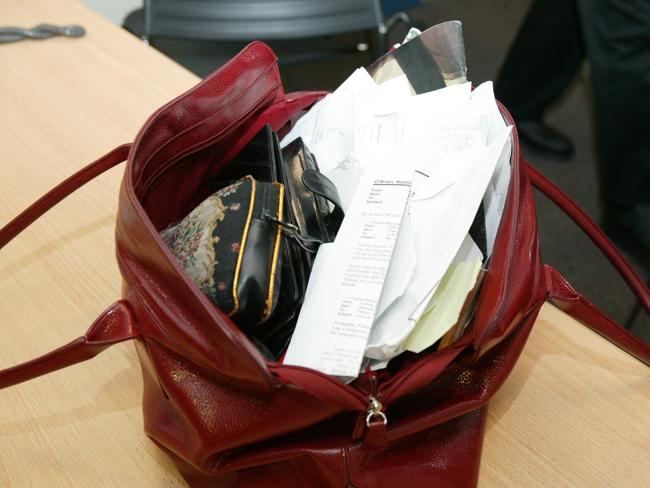
MORE NEWS
PM outnumbered on press freedom
Whistleblowers ‘intimidated’ by secrecy
What the government doesn't want you to know
The agents from the AFP national investigations team tried to question me, together with our company lawyer Michael Cameron, for a long time about where the documents where, how I got them, and who leaked them to me.
This was an unprecedented raid on The Australian at the time but it was a harbinger of things to come.

These documents which had been sent internally within ASIO showed that two weeks before the devastating Bali bombings, Australian authorities were warned about an Indonesian chemist and engineer named Sukoco who could be involved in plotting attacks on “sin spots’’ on the Indonesian archipelago.
The documents also revealed that just over a week after the Bali attack, which claimed the lives of 88 Australians, the federal Attorney-General’s Department had issued a Customs alert for an Indonesian chemistry student with a similar name, Sutopo Hadi, but none of this information had never been publicly revealed.
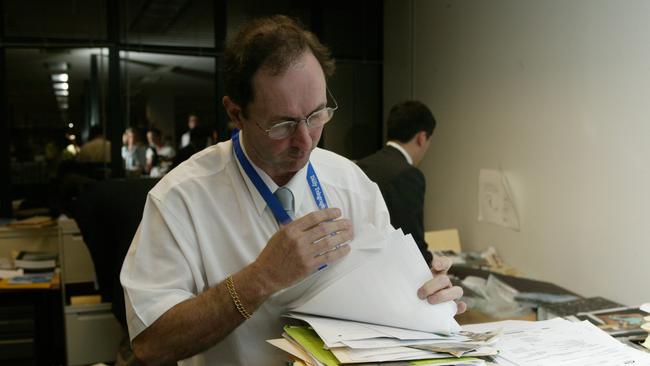
And questions had been raised previously about whether the federal government had ever been warned about possible terrorism activity in Bali before the attacks.
The documents also alleged that US intelligence liaison with Canberra told our intelligence authorities in September 2002 that Jemaah Islamiah (JI) spiritual leader Abu Bakar Bashir had links with Osama bin Laden.
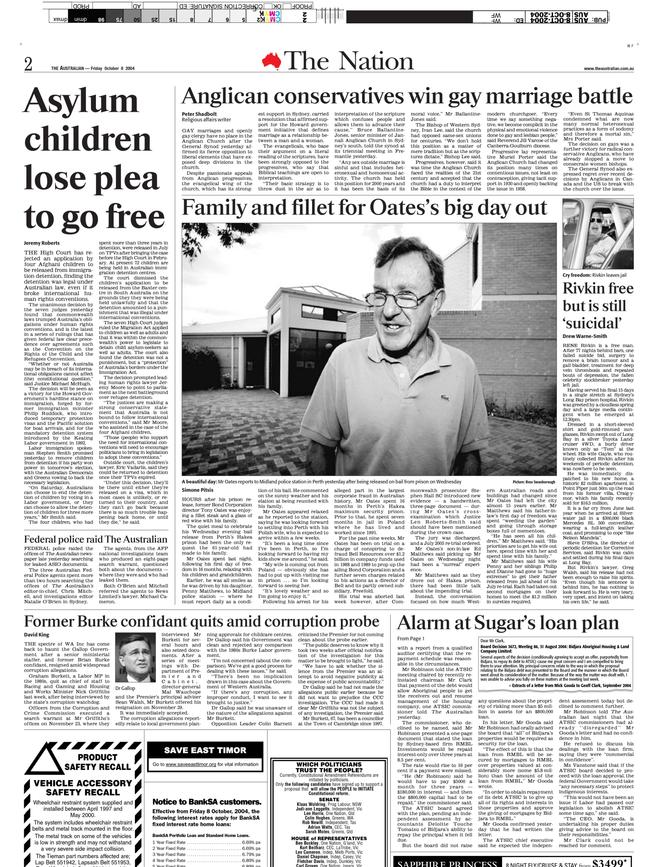
The warning also said that Bashir led a group called Majeklis Mujahedden Indonesia and the group MMI planned to “burn places in Yogyakarta that it called ‘sin spots’, thereby to create chaos.’’
The documents, which came from US intelligence liaison with Canberra, said MMI “already possessed weaponry to carry out the attacks”, named “Sukoco’’ as a bomb expert and that MMI had access to a “chemical weapon that could paralyse, blind and burn the skin of a victim’’. They also mention an Ahmad, aka Imadudin, in connection with weapons.
JI was responsible for the Bali bombings that killed 202 people, and has been blamed for another attack on the Australian embassy in Jakarta in 2004 which killed 10 people and wounded 180 others.
